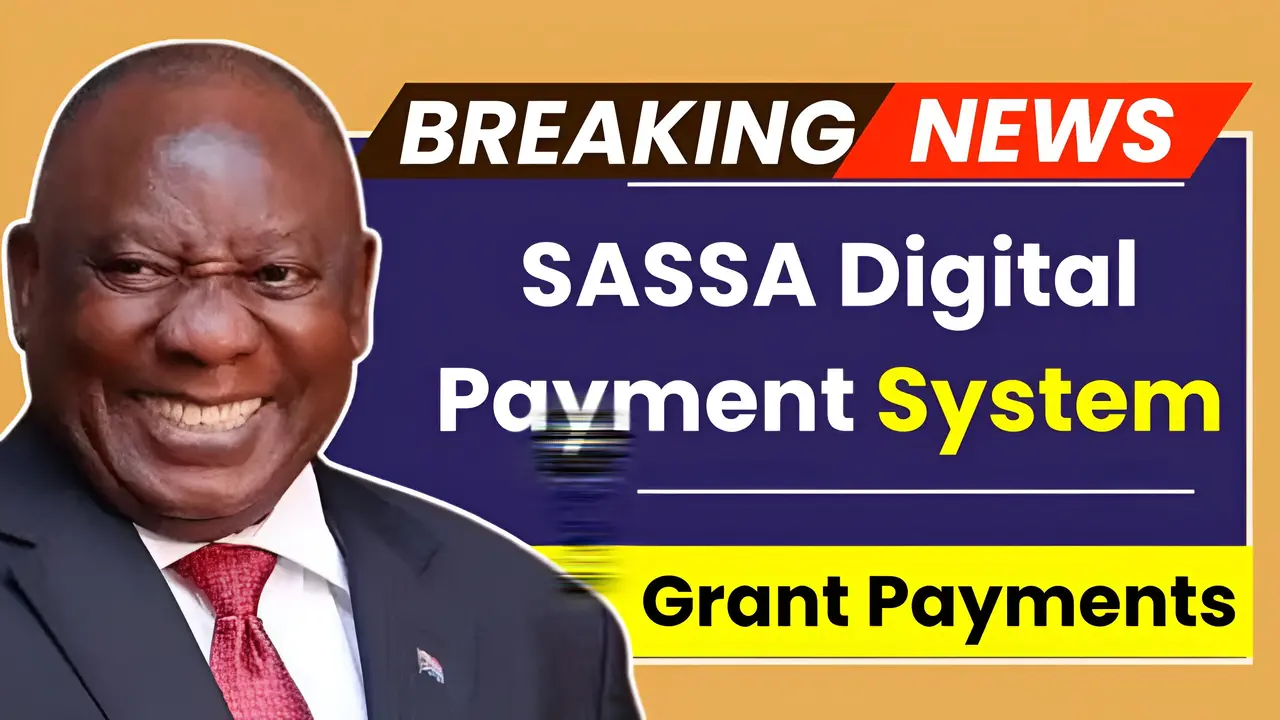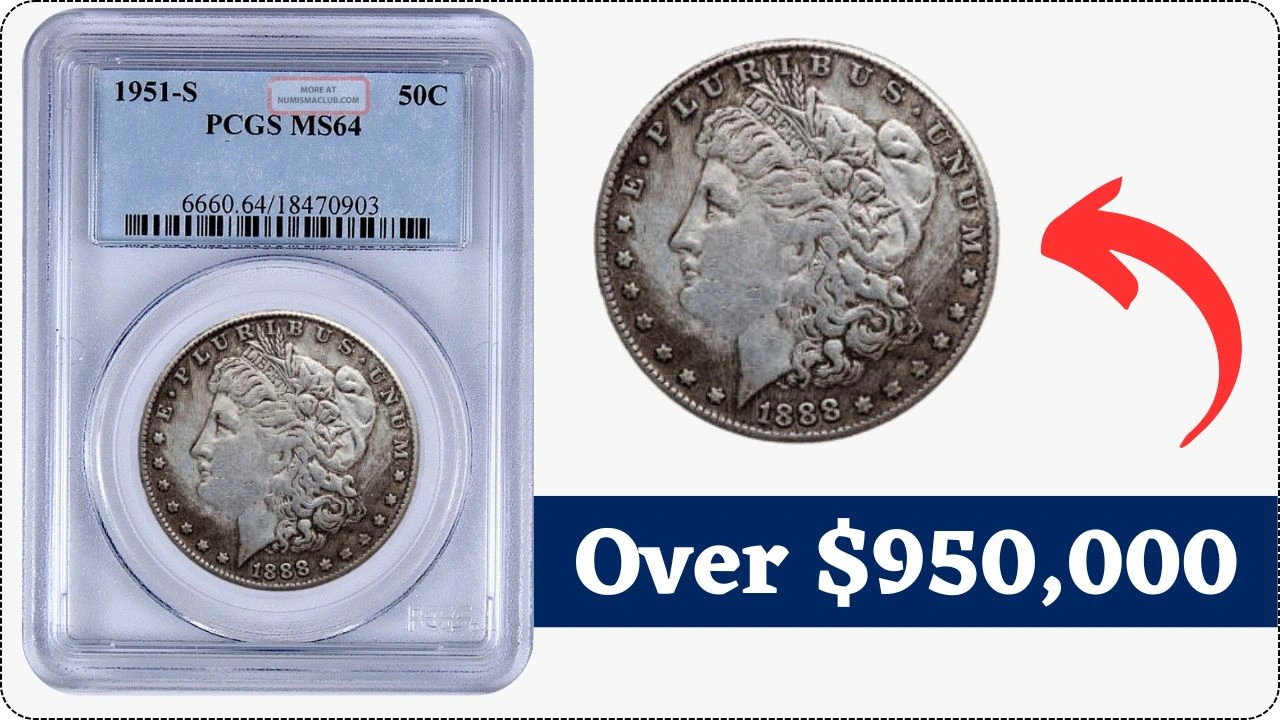Rare U.S. quarters captivate collectors with their unique designs, historical significance, and exceptional value. Among these, the 1976 Bicentennial quarter holds a special place, celebrating the nation’s 200th anniversary with its colonial drummer design and dual dates, “1776–1976.” While most are common, a few rare varieties have fetched millions. Let’s explore the Bicentennial quarter and four other quarters valued at over $300,000.
The 1976 Bicentennial Quarter
The U.S. Mint produced millions of Bicentennial quarters in 1975 and 1976, primarily in copper-nickel clad. However, a select few were struck on 40% silver planchets intended for collector proof sets. These rare coins have become highly sought after, with one recently selling for nearly $3 million.
Why It’s Valuable
The silver Bicentennial quarter is prized for its rarity, limited release, and excellent condition. Error coins like these, mistakenly released into circulation, are exceptionally rare and highly desirable among collectors.
What to Look For
To identify a silver Bicentennial quarter:
- Edge: A solid silver edge without the copper core visible in clad coins.
- Weight: Slightly heavier than a standard copper-nickel quarter.
If you believe you have one, professional grading is essential to confirm its authenticity and value.
1932-D Washington Quarter
The 1932-D Washington quarter was created to honor George Washington’s 200th birthday. With only 436,800 coins minted at the Denver Mint, it is one of the rarest coins in the Washington quarter series.
Why It’s Valuable
Its low mintage and place as part of the first Washington quarter series make it a collector favorite. High-grade specimens can fetch over $300,000 at auctions.
What to Look For
Locate the “D” mint mark on the reverse side, below the eagle. Even circulated versions hold value, but uncirculated coins are the most coveted.
1870-CC Liberty Seated Quarter
The Liberty Seated quarter series includes the rare and historic 1870-CC, minted in Carson City with a production run of just 8,340 coins.
Why It’s Valuable
This coin’s extreme scarcity and historical importance make it a prized addition to any collection. High-grade examples often sell for over $300,000.
What to Look For
Check for the “CC” mint mark beneath the eagle on the reverse. Due to its value, authentication is crucial, as counterfeits are known to exist.
1901-S Barber Quarter
The 1901-S Barber quarter, minted in San Francisco, stands out in the Barber series for its low mintage of only 72,664 coins.
Why It’s Valuable
The combination of rarity and condition makes the 1901-S one of the most sought-after Barber quarters. Near-mint examples can exceed $300,000 at auction.
What to Look For
The “S” mint mark below the eagle on the reverse identifies this rare coin. Even well-worn examples retain significant value, but pristine coins are especially desirable.
1823/2 Capped Bust Quarter
The 1823/2 Capped Bust quarter is famous for its overdate error, where a “3” was struck over a “2.” This error occurred due to the reuse of an 1822 die, resulting in a unique collectible.
Why It’s Valuable
This overdate error, combined with the coin’s historical significance, makes it a highly sought-after piece. Well-preserved examples with clear overdates can command prices exceeding $300,000.
What to Look For
Examine the date carefully to spot remnants of the underlying “2” beneath the “3.” Coins with minimal wear and visible overdate details are the most valuable.
Conclusion
Rare U.S. quarters reflect moments in history, craftsmanship, and the occasional minting error. From the iconic Bicentennial quarter to the historic Capped Bust, these coins offer collectors a glimpse into America’s rich numismatic heritage. Whether you’re a seasoned collector or new to the hobby, keep an eye on your pocket change you never know when you might uncover a hidden treasure.











